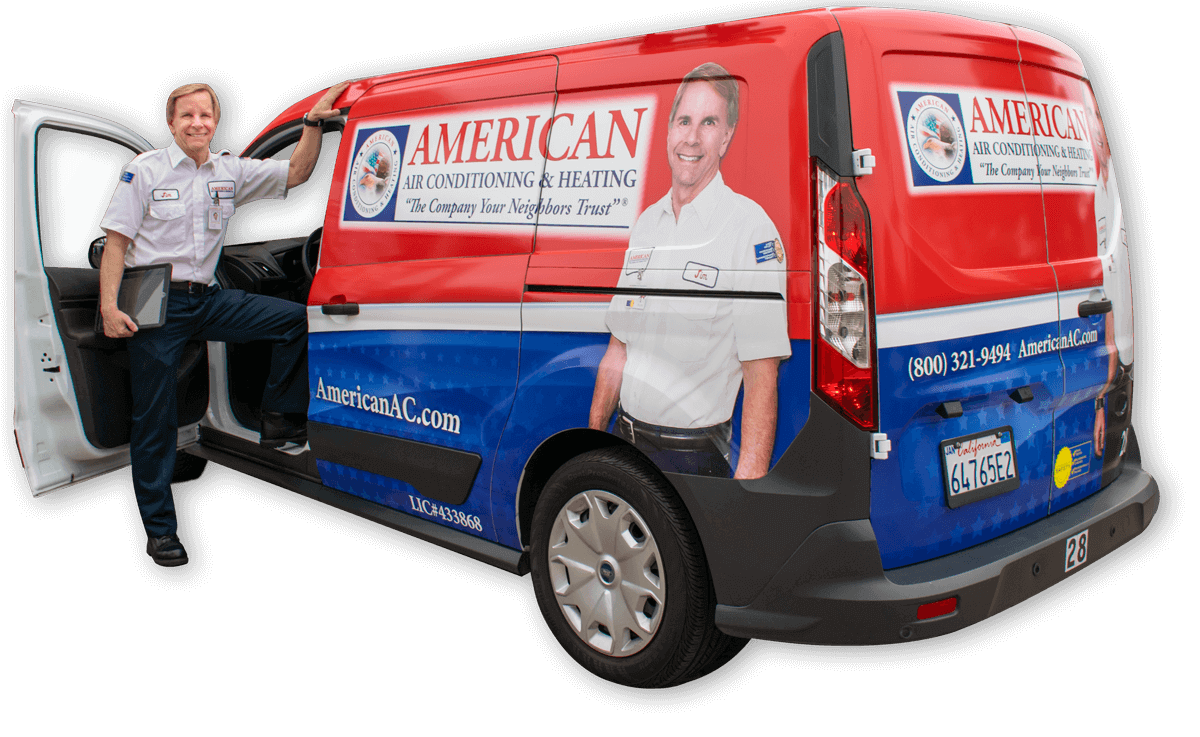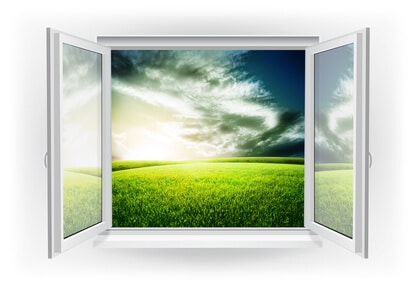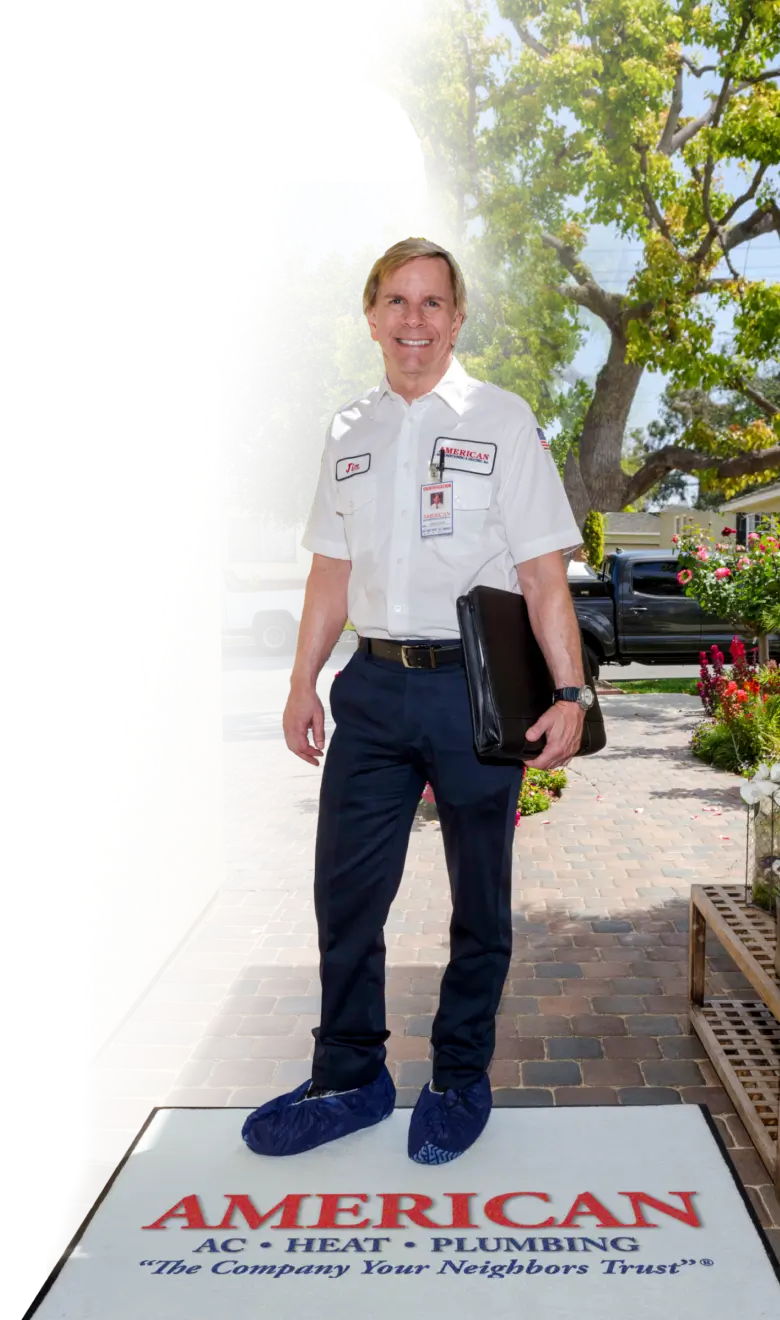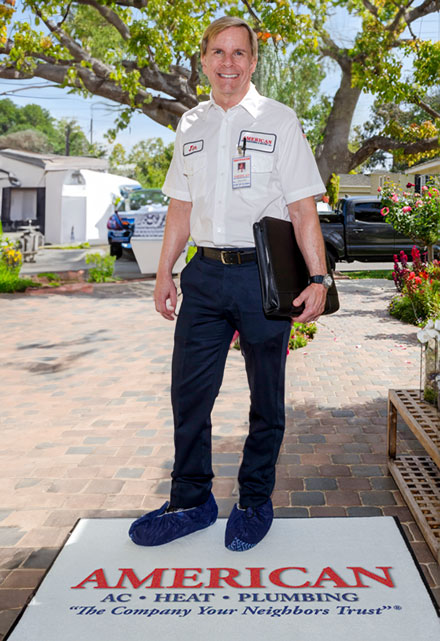Window coverings are more than an accessory in home decor. They are an integral component of reducing heat gain/loss to and from your home, increasing the efficiency of your HVAC systems, and as a result, in reducing your energy costs.
Therefore, it is essential that you understand the different types of window covering available out there and the important parameters you need to use to judge their performance.
Types of Energy Saving Window Coverings
- Honeycomb Shades
- Plantation Shutters
- Draperies
- Window Film
HONEYCOMB SHADES: These have a layered design similar to a hexagonal honey comb. The design traps air (a poor conductor of heat) and hence creates a thick layer of non-heat-conducting material between the window and the room.
The primary drawback of any shade is that they block visible light from entering the room, and as a result, block outside view.
PLANTATION SHUTTERS: These shutters add an aesthetic appeal and since they tightly fit to the window’s frame, they block transfer of heat through convection and conduction.
DRAPERIES: Floor-to-ceiling draperies which have lining and interlining, protect the house from summer heat while draperies made of thick flannel or other heavy material keep the cold out. But like shutters and shades, draperies are only efficient when closed — and as a result, block outside view.
WINDOW FILM: It is a sheet of plastic that can be directly applied on a window’s glass. They not only offer aesthetic value, they easily block UV rays from entering the home, and prevent the transfer of heat energy to and from your home. Furthermore, they allow homeowners complete (one-way) view of the outside world. However, unlike the other window covering mentioned in this post, window films are only effective against temperature transfer on the glass itself — any crevices or insulation defects near the frame will still cause transfer of heat.
Selecting the Right Energy Saving Film
You can easily judge the effectiveness of an energy saving window film using the following parameters:
- UV Rejection – the higher the number greater the protection from UV rays (A and B)
- Visible Light Reflectance – the higher the number, the shinier (more glare) the appearance.
- Light Transmission – The lower the number, the lesser the glare from light. A 49% LT offers an excellent balance of glare reduction and visibility.
- Total Solar Energy Rejection – The higher the number, the higher the film’s ability to keep heat, UV, and visible light out.
Selecting and buying window covering is mostly a DIY project (unless you have very large windows). Whether you do it on your own or decide to hire a professional is your choice, but having those windows covered this summer is necessary to give your HVAC system a boost in efficiency and reduce the monthly bills.
This article was provided by American AC Heat Plumbing. Since 1981, American Air has been providing professional air conditioning and heating service and repair. Check out their $99 tune-up special – good for your air conditioner or furnace!








